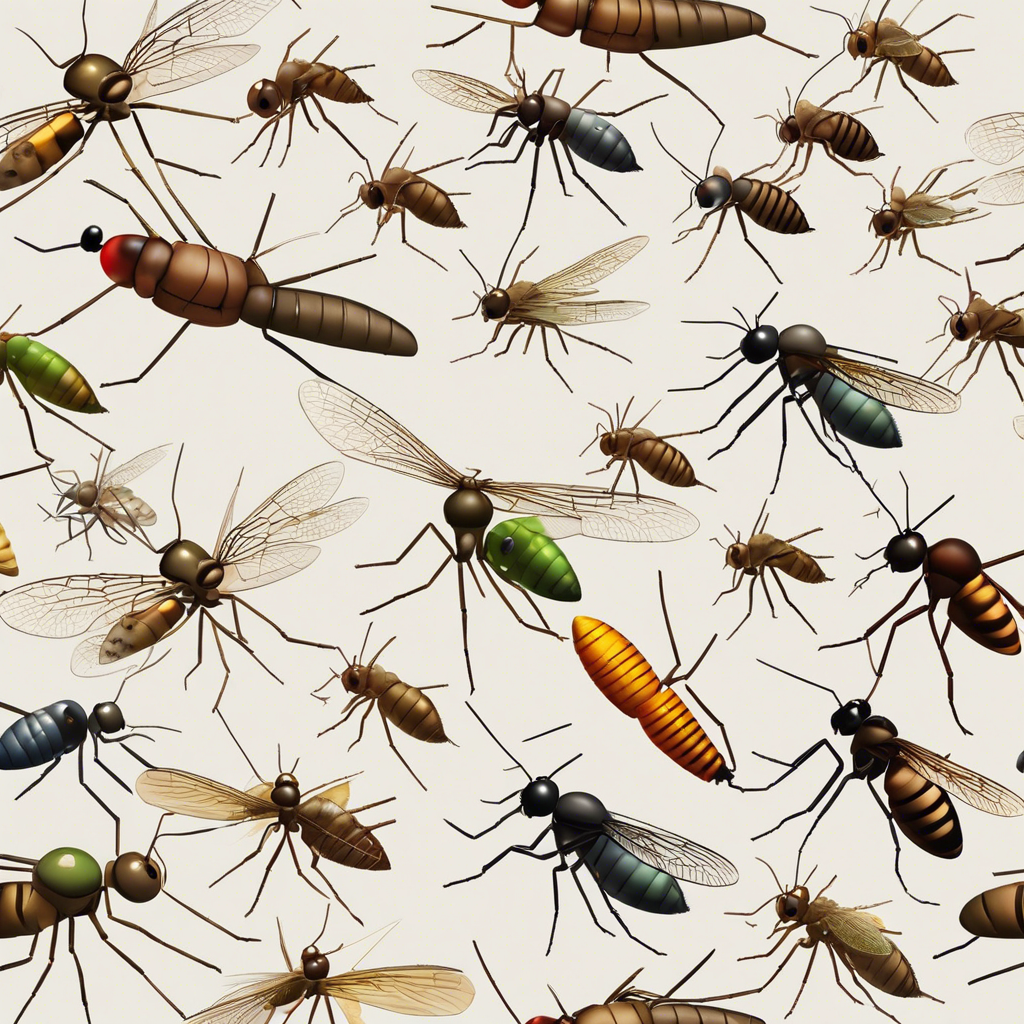In Tulsa, the beauty of a serene autumn morning can quickly turn unsettling at the sight of a spider web glistening in the early light. You’re likely aware that these creatures play an essential role in the ecosystem, yet their presence in your home is another story.
Understanding the life cycle of spiders is key to keeping them at bay. From the thousands of eggs a single spider can lay to the intricate process of molting before reaching adulthood, each stage offers a unique challenge and opportunity for control.
Let’s explore how you can break this cycle, ensuring your home remains spider-free without missing the critical steps that often lead to recurrence.
Key Takeaways
- Effective spider control targets all stages of the spider life cycle, from eggs to adulthood.
- Common Tulsa spiders, including venomous species like black widows and brown recluses, require professional pest control.
- Understanding spider life stages aids in identifying and implementing targeted control strategies.
- Regular home maintenance, like cleaning and sealing entry points, is crucial for long-term spider prevention.
Spider Lifecycle Overview
To effectively manage spider populations in Tulsa, it’s essential to grasp the intricacies of their lifecycle, starting from the egg stage and culminating in adulthood, a process marked by several molts and dependent on species-specific timelines. Female spiders lay their eggs in silk sacs, providing protection against harsh conditions, including the cold, allowing some species to overwinter successfully. These sacs can contain up to a thousand eggs, depending on the species.
After hatching, spiderlings emerge without a fully developed exoskeleton. They undergo 5-10 molts, shedding their exoskeleton each time, to reach adulthood. This phase can span a few weeks to months, with adulthood lasting up to two years for some species. Effective control hinges on understanding and interrupting this cycle, targeting spiders at every stage, from eggs to adults.
Common Tulsa Spiders
Several species of spiders, including the venomous black widow and brown recluse, as well as the non-venomous wolf and jumping spiders, commonly inhabit Tulsa homes, each with distinct behaviors and preferred environments.
Black widows, notorious for their lethal potential, prefer secluded areas like basements and closets, while brown recluse spiders are drawn to the damp and dark corners of residences. The presence of these venomous spiders necessitates professional pest control for safe removal, ensuring your home remains a secure environment.
Conversely, non-venomous species such as wolf and jumping spiders, though often startling, pose less of a threat. However, addressing any spider problem, regardless of the species, contributes to the overall well-being and safety of Tulsa homes.
Identifying Spider Stages
Understanding the life cycle stages of spiders is key to effectively managing their presence in Tulsa homes.
Spiders initiate their journey as eggs, meticulously encased by female spiders in silk sacs for protection. These sacs, diverse in size and appearance, harbor the future spiderlings.
After a few weeks, spiderlings emerge, lacking a robust exoskeleton, signifying their vulnerability. To reach maturity, they must molt multiple times, shedding their exoskeleton to grow. This phase includes dispersal tactics like ballooning, where spiderlings travel vast distances carried by the wind.
Adulthood, the culmination of 5-10 molts, marks a phase of reproduction, allowing the cycle to perpetuate. Understanding this progression from eggs to adulthood offers insights into their reproduction, dispersal, and eventual control within your community.
Effective Control Strategies
Implementing targeted control measures at each stage of a spider’s life cycle can drastically reduce their numbers in your home. Understanding the spider life cycle is pivotal; from egg to spiderling to adult, each phase demands a specific strategy for control. Proper identification of these stages allows for the crafting of tailored treatment plans, ensuring efficient spider management.
By acting promptly to address infestations at each life cycle stage, you’re not just reacting to the problem—you’re preemptively striking against future populations. This approach guarantees not just the eradication of present spiders but also the long-term management of their populations.
Embracing these control strategies transforms your home into a fortress against these eight-legged invaders, fostering a sense of belonging and security within your sanctuary.
Prevention and Maintenance
To effectively prevent spider infestations in Tulsa, homeowners must prioritize regular cleaning, decluttering, and the meticulous sealing of cracks and openings in their residences. This foundational approach to prevention and maintenance forms a barrier against both venomous and non-venomous spider populations seeking refuge. Addressing moisture issues, such as leaks, further deters these arachnids, as it disrupts their preferred humid habitats.
By implementing effective pest control measures, you’re not just eliminating current inhabitants but also setting up a long-term defense mechanism against future invasions. Adopting these preventive measures guarantees your home remains a fortress against unwanted guests, fostering a sense of belonging and security within your sanctuary.
Frequently Asked Questions
What Spiders Make Funnel Webs in Oklahoma?
In Oklahoma, you’ll find funnel webs made by species like the hobo and grass spider. Their web structure, crafted for efficient predation, reflects their unique behavior patterns and adaptability to the environment.
Should I Kill a Black Widow Spider?
Yes, you should eliminate a black widow spider if it’s in your home due to its venomous nature. Nature Guard secures safe removal, minimizing bite risks and preserving ecological balance by considering natural predators.
How Do You Get Rid of Brown Recluse Spiders?
To banish brown recluse spiders, start by sealing cracks and setting sticky traps. Enlist pest control for professional extermination, while natural repellents and essential oils act as deterrents. Vacuum regularly, reduce clutter, and consider chemical treatments.
What Are the Little Red Spiders in Oklahoma?
You’re likely seeing clover mites, often mistaken for red spiders. They thrive in gardens, showing seasonal behaviors, with specific lifecycle stages. Control involves managing their habitat and population, considering environmental impact and natural predators.





